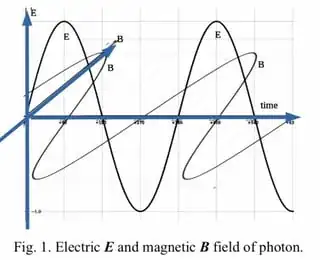I'm a physical layman trying to understand some of the consequences of quantum mechanics.
I understand that in the double-slit experiment, where we release individual photons in-phase, the probability to measure the arrival of a photon on a screen is zero on certain spots where the wave function becomes zero due to interference.
I reckon that "probability of arrival" really means "probability of interaction" with some electron, and that after such an interaction, the photon is gone and won't interact anywhere else.
Let's do another pair of experiments. First, with radio waves: We have two broadcasting antennas and in the middle of it a receiving antenna. The broadcasting antennas send the same sine wave in-sync so that the signal is perfectly cancelled out for the receiving antenna.
Theoretically, this should also be possible with a variation using laser light: Two laser shooting on a receptor precisely in the middle of the laser, so that the theoretical waves are cancelling each other out.
In practice, the receiving antenna won't receive anything. But that could have two interpretations:
- The electrons in the receiving antenna actually don't interact with the ones in the broadcasting antennas at all - no radio photons are exchanged between them.
- The electrons in the receiving antenna actually do interact with each of the broadcasting antennas as if the other one wasn't there, but the measurable net effect will be zero, ie. it's the electrons' current in the receiving antenna that cancel each other out.
Since radio photons don't come individually (in practice, I mean, as antenna create them), it's probably better to look at the laser variant of this experiment.
If the photons are ensured to come individually (we shoot them in an alternating fashion), it's obvious that the second thing will happen.
But if the photons are shot individually, but in-sync, it's not at all clear to me what one would see.
